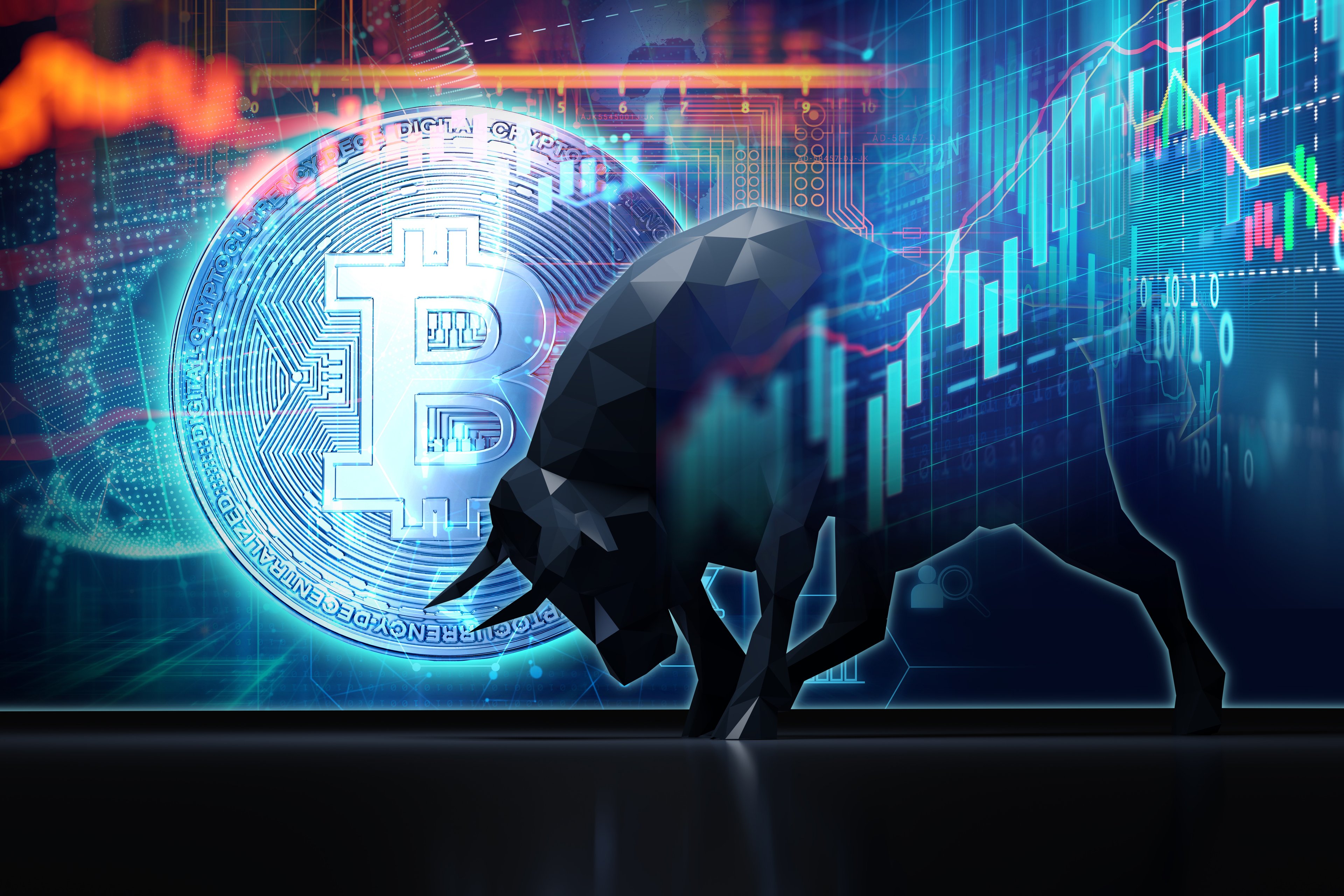The recent passage of the Genius Act, a regulatory framework that legitimizes the use of stablecoins in the broader financial market, could send the already rapidly growing stablecoin market parabolic -- reaching up to $3.7 trillion by 2030, according to an analysis by Citigroup.
Ripple, the company behind XRP (XRP +1.32%), is making a bold move to position itself ahead of this trend. The company just spent $200 million to acquire Rail, a stablecoin payment company. So, what will Ripple's new strategy do for XRP itself? Will it finally be what sends the token price above $4, or will it undermine the central use case that drives much of XRP's value in the first place?

CRYPTO: XRP
Key Data Points
The main case for XRP
Traditional banking can be slow and costly, especially when sending and receiving money across borders. Payments can take days or even weeks to clear, and multiple intermediaries are involved, leading to high fees.
Ripple created XRP to solve these inefficiencies and make bank-to-bank transactions -- especially those across borders and into different currencies -- faster, cheaper, and easier. From the beginning, the investment case for XRP has always been that more banks will adopt Ripple's technology. Demand for XRP will rise, and its price will follow.
The reality, however, is a bit more complicated, and it's critical for XRP investors to understand.
Adoption of the technology doesn't necessarily mean adoption of XRP
Ripple offers two main products: RippleNet and On-Demand Liquidity (ODL). RippleNet allows banks to make use of the blockchain without ever needing to deal with XRP itself. For the most part, the adoption of RippleNet doesn't meaningfully affect the price of XRP.
ODL, on the other hand, does require XRP to be used as a "bridge asset." It works something like this: A bank in the U.S. buys XRP, sends it to France, and the XRP is converted into euros on the other end. ODL is great for banks and financial institutions that have liquidity constraints because it replaces the traditional need for a pre-funded account in the destination currency with transparent XRP conversions.
In theory, the increased adoption of ODL should be a major tailwind for XRP demand, and to some degree it has been. But here's the thing: Most large banks and payment processors don't have liquidity issues. The complication and risk of holding XRP, even temporarily, outweighs any gains in efficiency or lower capital requirements. Financial institutions don't really love holding an asset that can drop in price by 20% in a day.

Image source: Getty Images.
Ripple's $200M stablecoin pivot
The widespread adoption of stablecoins threatens the core of Ripple's main use case. Although transaction fees aren't quite as cheap and settlement times aren't as instantaneous for most stablecoins as they are when using RippleNet or ODL, they still represent a huge improvement over legacy systems and provide many of the same benefits.
Before the Genius Act, Ripple was perhaps somewhat protected because banks were limited in their exposure to stablecoins. But now that a regulatory framework exists, Ripple has to adapt, hence the acquisition.
Ripple says it is creating "the most comprehensive stablecoin payments solution available in the market." By integrating Rail's technology with its network, Ripple can make it easier and more attractive for banks to use the network while also adopting stablecoins. Most importantly, this could mean that stablecoins -- like Ripple's own stablecoin, RLUSD -- can serve as the bridge asset in ODL transactions, further reducing demand pressure.
What needs to happen for XRP to hit $4
Ripple could launch a new product with stronger XRP integration, or the integration of stablecoins could more directly incorporate XRP than I'm seeing, but it doesn't look great for the value of XRP in my view.
For Ripple to remain relevant, it must lean heavily into a more hybrid model that prioritizes stablecoins. If XRP reaches $4, I don't think it will stay there. I would opt for other crypto projects to build long-term value.







